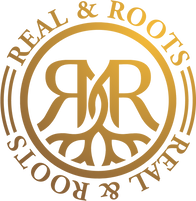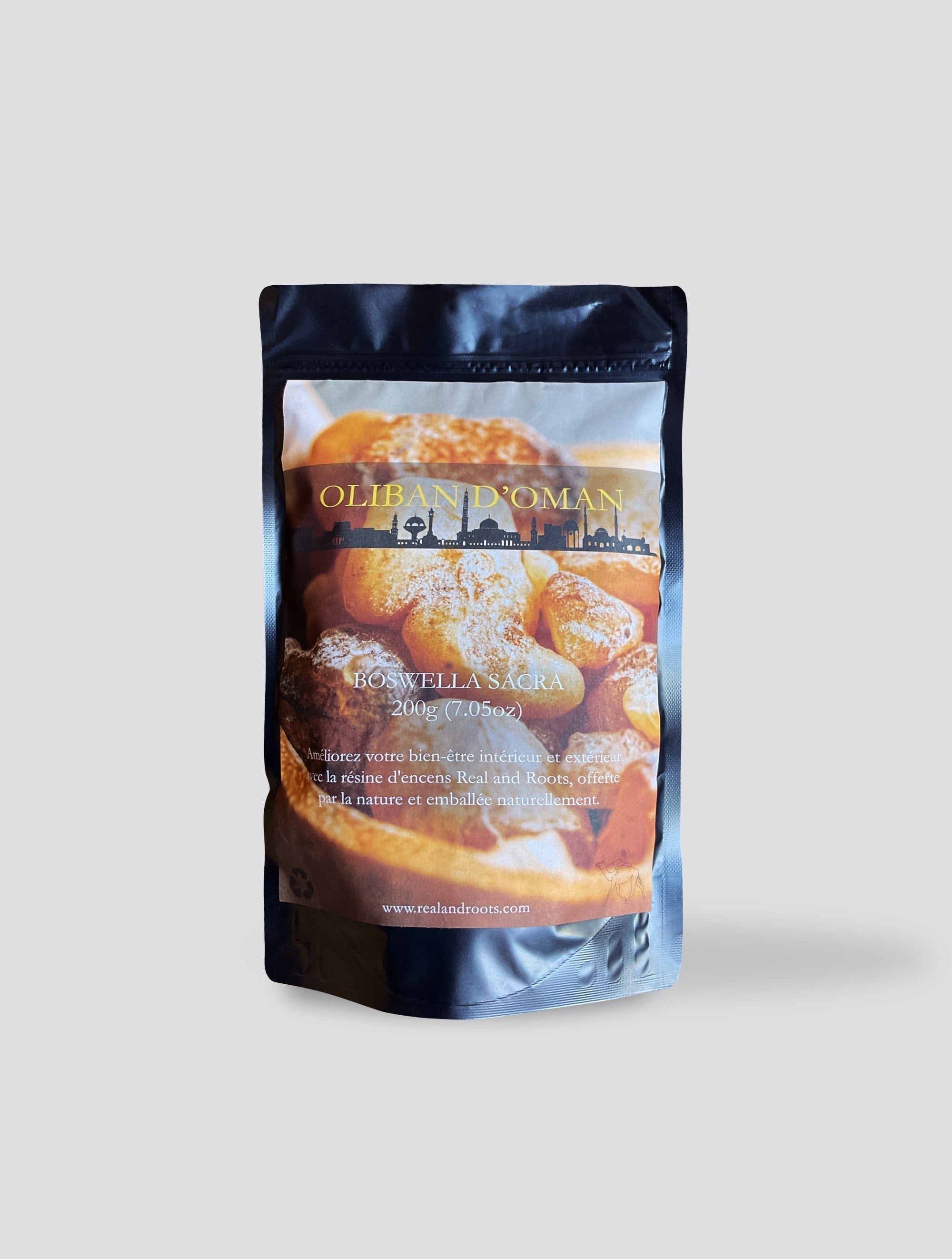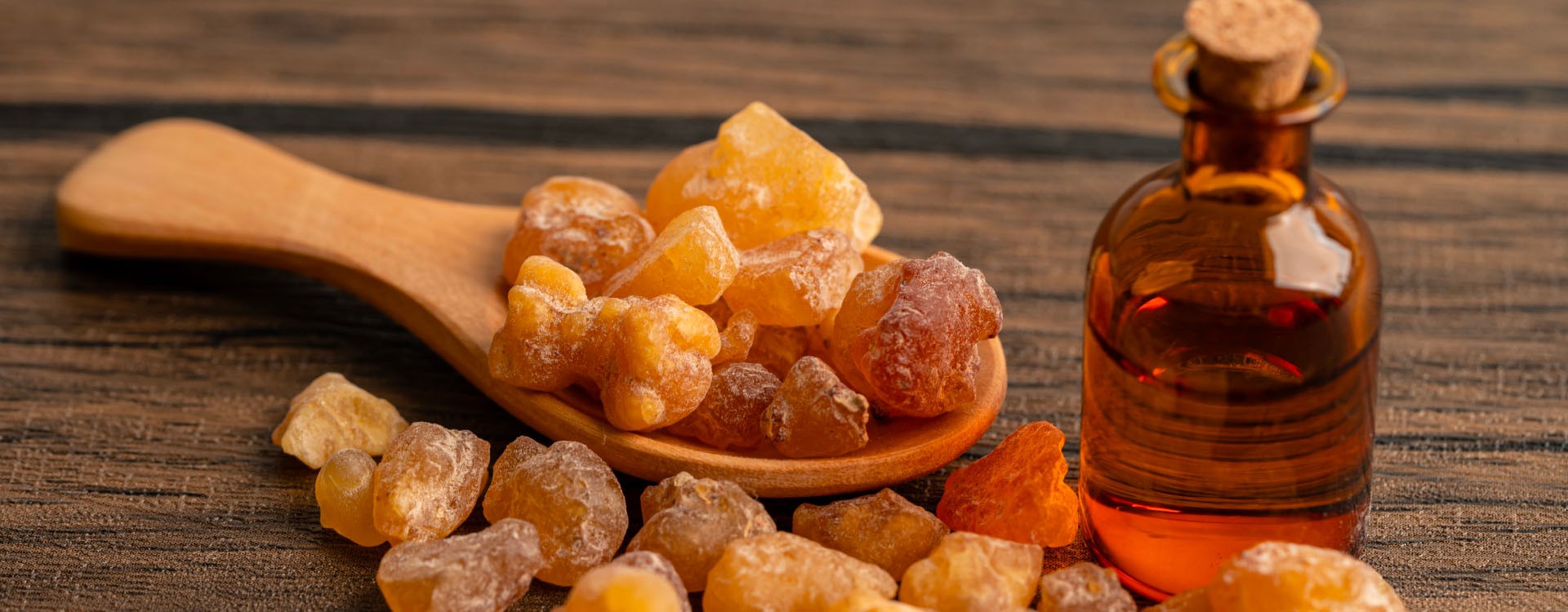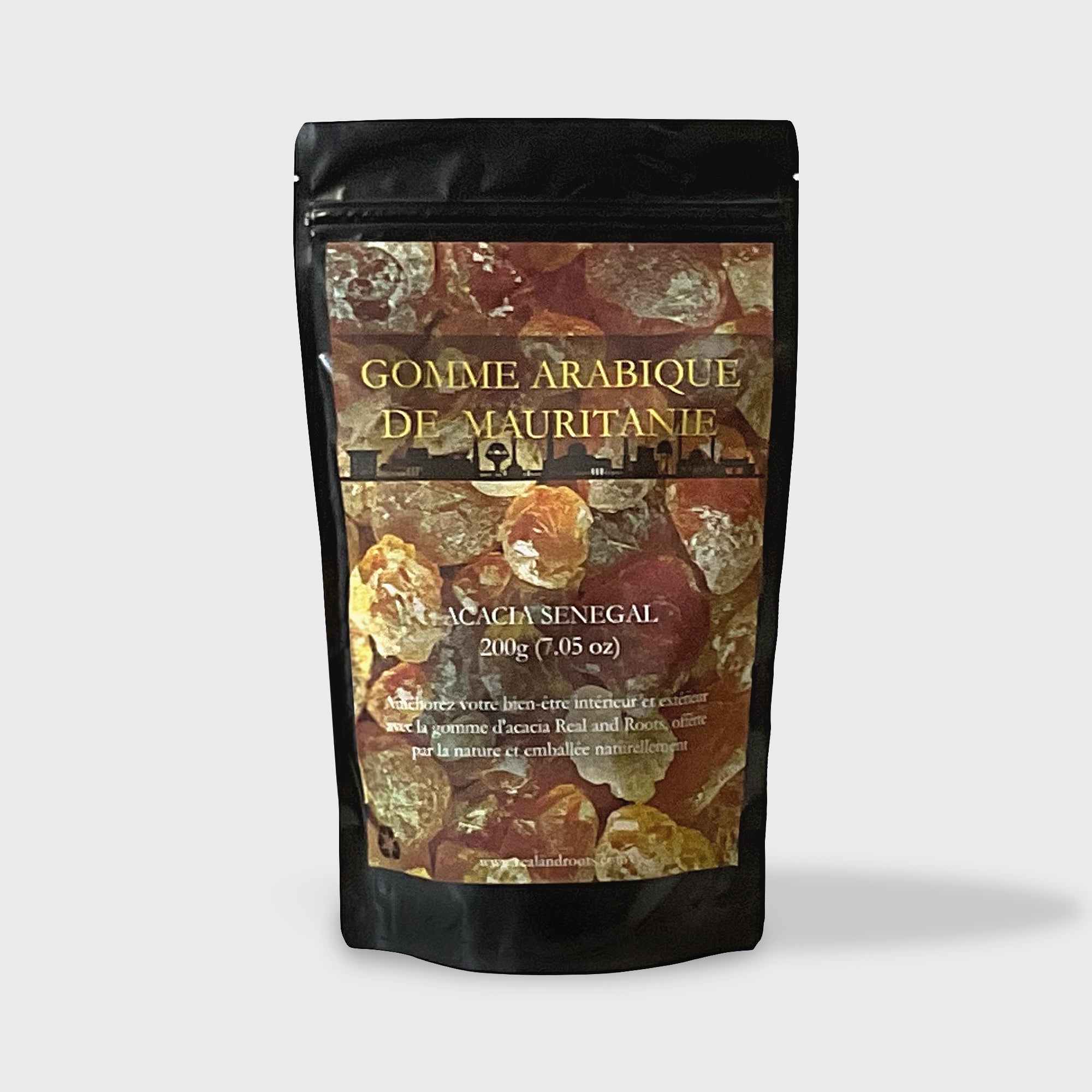What are the quality differences between gum arabic produced by Acacia senegal and Acacia seyal?
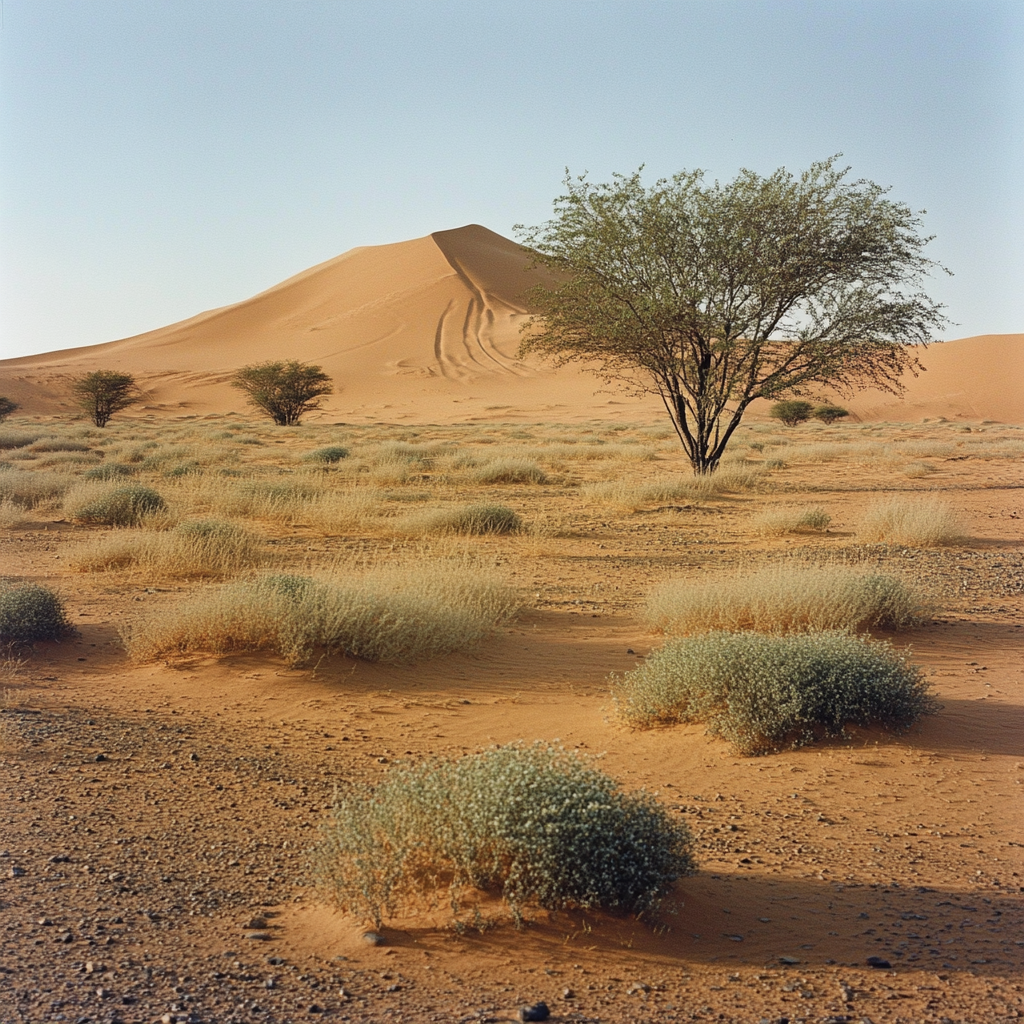

Arabic gums produced by Acacia senegal and Acacia seyal differ significantly in terms of quality, physical and chemical properties and applications. Gum fromAcacia senegal is considered the best quality thanks to its superior physical and chemical properties, while gum fromAcacia seyal is an economical alternative for less demanding applications.
1. Physical differences
Acacia senegal gum
Called "hard gum" or "hashab gum", it comes in the form of translucent, glassy, amber tears. More resistant and less brittle, it is considered the best quality on the world market.
Acacia gum seyal
Called "crumbly gum" or "gum talha", it is more opaque, often yellowish or brownish, with a crumblier texture. It is generally less uniform in appearance.
2. Chemical differences
Chemical composition
Acacia senegal gum contains higher levels of rhamnose and glucuronic acid, giving it better functional properties for the food and pharmaceutical industries.
Acacia seyal gum has a higher arabinose content and a higher average molecular weight (850,000 vs. 380,000 for A. senegal).
Optical properties
Acacia senegal gum is levorotatory (-26° to -34°).
Acacia seyal gum is dextrorotatory (+54°), making it possible to differentiate them chemically.
3. Functional properties
Acacia senegal gum
It has excellent emulsifying, stabilizing and thickening properties.
It is soluble in water without forming highly viscous solutions, making it ideal for use in the food (soft drinks, confectionery) and pharmaceutical (excipient in medicines) industries.
Acacia seyal gum
Less effective in terms of emulsifying and stabilizing properties, it is used for less demanding applications or as an economical substitute forA. senegal gum.
4. Commercial value
Acacia senegal gum is much more prized on the international market for its superior quality. It is used as a benchmark for top-of-the-range gum arabic (e.g. "hashab gum" from Sudan).
Acacia seyal gum, although less expensive (around three times less), is enjoying renewed interest thanks to technical improvements that enable it to be put to better industrial use.
5. Applications
Acacia senegal gum
This gum is favored in the food (additive E414), pharmaceutical (excipient) and cosmetics industries.
Acacia seyal gum
It is used in products requiring less purity or technical performance, such as certain adhesives, inks or simple food formulations.

In Mauritania, the quality of gum arabic is assessed according to several specific criteria, which influence its commercial value and its integration into local and international value chains. Quality assessment of gum arabic in Mauritania is based on a mix of visual observations, traditional practices and modern initiatives to improve standards. These efforts are crucial to maintaining competitiveness on the international market while ensuring sustainable management of natural resources.
Quality criteria
Purity
The rubber must be clean, with no sand, plant debris or other visible impurities. Rough or poorly cleaned rubber is considered to be of inferior quality.
Color and transparency
High-quality gums are generally light or slightly amber, with good transparency. Too dark or opaque a color may indicate spoilage or late harvesting.
Piece size
Larger, uniform gum tears are preferred on the international market, as they are easier to process.
No excessive humidity
Well-dried gum is essential to prevent mildew and prolong shelf life.
Valuation methods
Manual sorting
After harvesting, pickers sort the gum tears to remove impurities and separate grades according to size, color and purity.
Drying
The gum is sun-dried to reduce residual moisture, which improves durability and quality.
Chemical analysis
Although rare in Mauritania, tests can be carried out to assess the chemical composition (polysaccharides and glycoproteins) to ensure that it meets international standards.
Traditional and Modern Practices
Modern initiatives supported by international organizations (such as the World Bank) aim to improve harvesting and post-harvest practices by introducing suitable tools for bleeding trees and training pickers to better manage quality.
Importance of Standards Compliance
Gum Arabic produced in Mauritania must meet international standards to be competitive on the world market.
This includes strict compliance with purity criteria and sustainable management of gum plantations to avoid degradation of natural resources.
Quality can be compromised by a lack of appropriate harvesting tools leading to contamination, poor storage conditions leading to exposure to moisture or contaminants, and a lack of knowledge of international standards by some growers.

Sources:
- https://documents1.worldbank.org/curated/fr/588651468279922343/Mauritania-Sustainable-Landscape-Management-Project-environmental-assessment.docx
- https://www.doc-developpement-durable.org/file/Fabrications-Objets-Outils-Produits/gommes&resines/acacias-a-gomme-arabique/La-gomme-arabique.pdf
- https://enhancedif.org/fr/recit-dexperience/proteger-un-produit-singulier-fort-potentiel-la-gomme-arabique
- https://www.banquemondiale.org/fr/news/feature/2016/07/06/gum-arabic-supports-green-growth-in-mauritania
